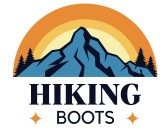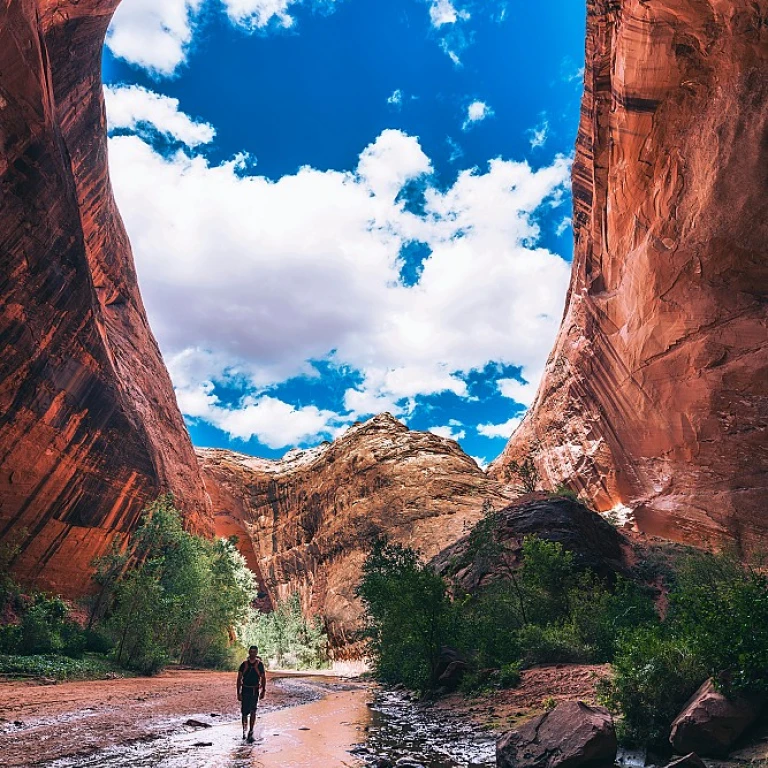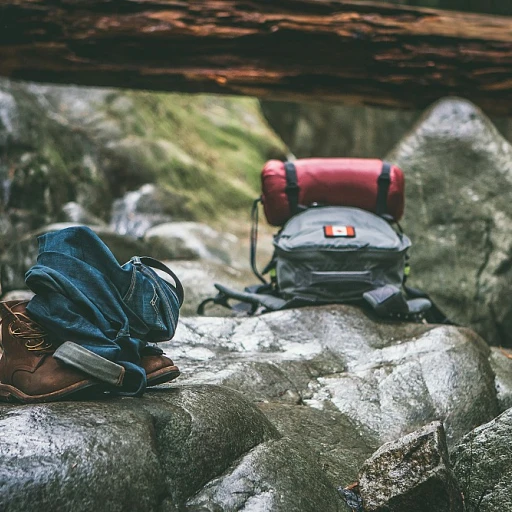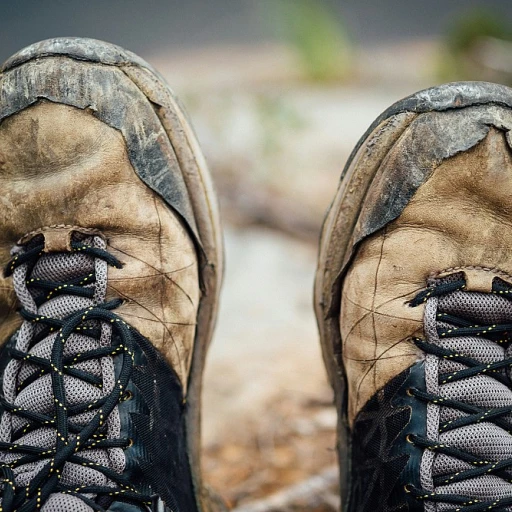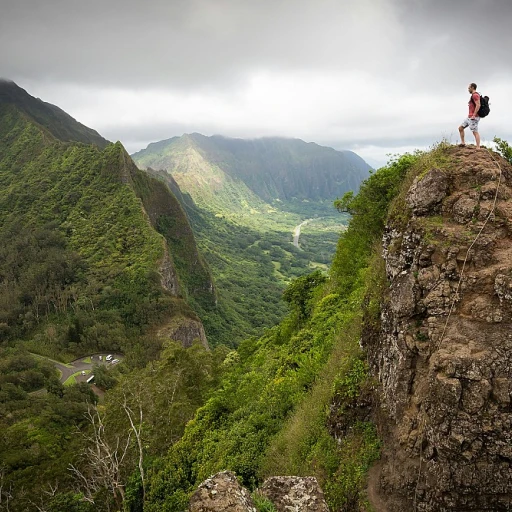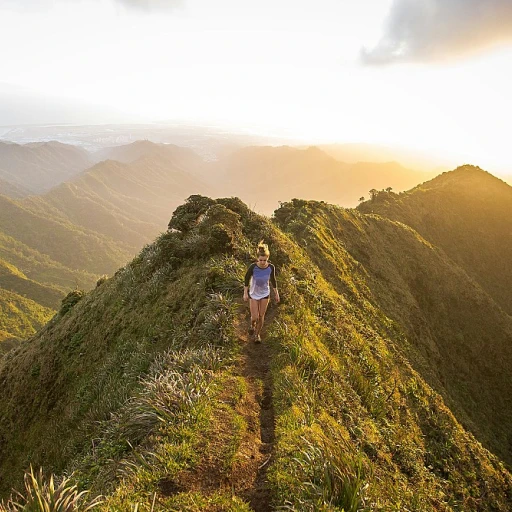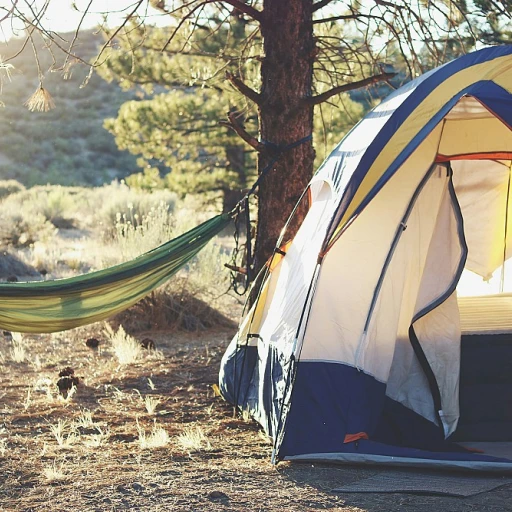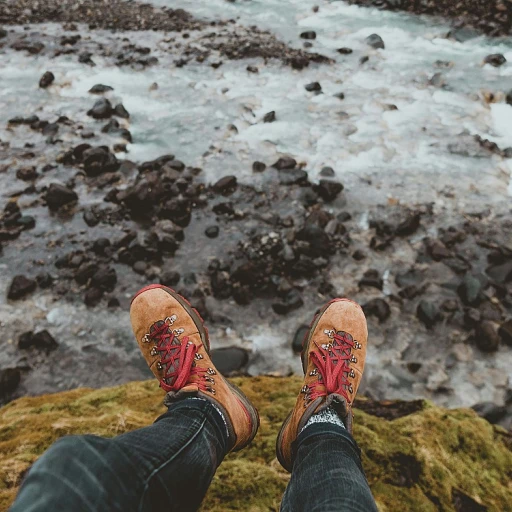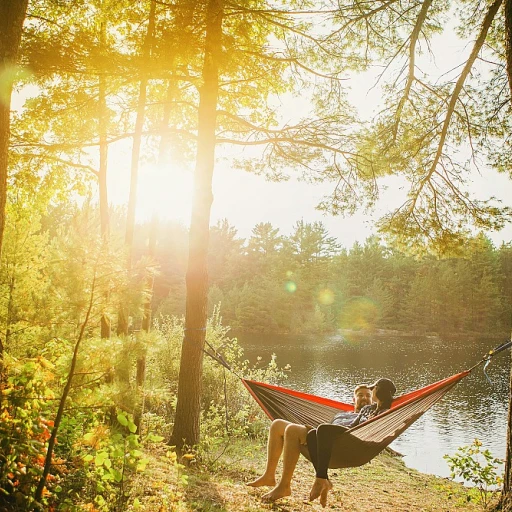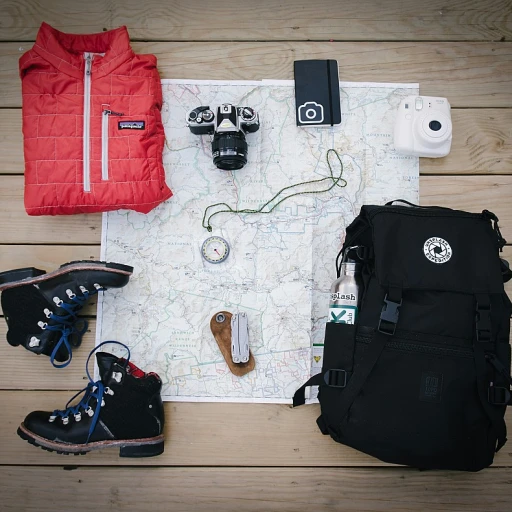Understanding Washington's Diverse Hiking Terrain
Unveiling Washington's Trail Diversity
Washington state isn't just a paradise for outdoor enthusiasts; it's a veritable playground of diverse landscapes that challenge even experienced hikers. Understanding the unique terrain types across this region is crucial when planning any hiking adventure, especially when considering the necessary gear like hiking boots. From lush forest trails to rugged mountain paths, each area presents its own set of challenges and rewards. The Cascade Range, with its dramatic elevations, requires footwear that can handle steep, rocky paths. In contrast, the Olympic Peninsula boasts temperate rainforests that demand waterproof boots to keep feet dry in wet conditions. Meanwhile, the arid landscapes east of the Cascades necessitate breathable materials to ensure comfort under the sun's heat. Outdoor aficionados venturing into the North Cascades will find it a haven for stunning vistas and challenging hikes. For those who want to delve deeper into what makes this region a must-visit, discovering a hiker's haven is worth the read. Understanding these terrains aids in choosing the right hiking boots. Factors like durability, waterproofing, breathability, and sole rigidity are discussed further in the exploration of essential boot features. This insightful knowledge not only enhances the hiking experience but also ensures safety and comfort across Washington's diverse trails.Essential Features of Hiking Boots for Washington Trails
Key Attributes for Optimal Trail Performance
Understanding the diverse hiking terrain in Washington, it's essential to select hiking boots that cater to a variety of landscapes. From the lush rainforests to rugged mountain paths, hikers will encounter varied conditions, calling for boots equipped with specific features to enhance comfort and performance.- Waterproofing: With unpredictable weather and muddy trails, it's vital for hikers to consider boots with reliable waterproof materials. This ensures feet stay dry, maintaining comfort and reducing the risk of blisters.
- Traction and Grip: Trails like those found in the Cascades can present slippery or uneven surfaces. Boots with high-traction soles are crucial for navigating safely and confidently across such terrain.
- Durability: The rugged paths in Washington require boots constructed from tough, durable materials capable of withstanding abrasive conditions and extended wear.
- Breathability: Despite waterproofing, breathability remains key to preventing overheating and moisture build-up inside the boot, particularly during long, strenuous hikes.
- Comfort and Support: Well-cushioned boots with strong arch support provide comfort on extended treks, reducing foot fatigue. Proper fit minimizes risk of common hiking injuries.
Top Hiking Destinations in Washington
Must-Visit Trails in the Evergreen State
Washington State offers a wide array of hiking destinations that cater to both the casual stroller and the seasoned mountaineer. From the misty rainforests of the Olympic Peninsula to the rugged Cascades, each trail provides unique challenges that are best tackled with the right pair of hiking boots.
Olympic National Park: A Natural Gem
Olympic National Park is a treasure trove for hikers, featuring an awe-inspiring mix of ecosystems. The park's diverse landscapes, including lush forests, alpine meadows, and rugged Pacific coastlines, require versatile footwear that can tackle wet and uneven terrains. Boots with durable soles and strong ankle support are crucial to navigate its varied paths.
Mount Rainier National Park: The Icy Giant
As one of the most iconic volcanoes in the Pacific Northwest, Mount Rainier attracts adventurers who seek snow-capped summits and vistas filled with wildflowers during the summer. Given its elevation and often snowy trails, waterproof boots with excellent traction are a must. These features ensure hikers remain comfortable and safe, especially when exploring the park's higher altitudes.
North Cascades National Park: The American Alps
Known as the 'American Alps' for a reason, North Cascades National Park boasts jagged peaks and cascading waterfalls that enthrall avid hikers. To enjoy its rugged beauty, hikers must select boots with robust construction and superior grip to handle the rocky paths and steep inclines. This ensures stability and comfort on long treks.
Columbia River Gorge: A Scenic Wonder
The Columbia River Gorge offers stunning vistas and a plethora of trails suited for all skill levels. Its mix of steep climbs and gentle ambles calls for versatile boots with breathable materials to adjust to the varying elevation and microclimates encountered along the way. Additionally, the use of durable hiking gear enhances the hiking experience in this picturesque locale.
Exploring these top hiking destinations in Washington requires not only spirit and enthusiasm but also wisely chosen hiking boots that suit the specific characteristics of each trail. With these considerations in mind, adventurers can fully embrace the breathtaking landscapes Washington State has to offer while ensuring safety and comfort on their journeys.
Matching Hiking Boots to Specific Washington Trails
Aligning Your Boots with Washington's Unique Trails
Washington offers a diverse range of hiking trails, each presenting its own set of challenges and requiring specific footwear features. Understanding these nuances can enhance your hiking experience, ensuring safety and comfort on the trails.
Trail-Specific Boot Recommendations
When selecting hiking boots for Washington's varied landscapes, consider the specific conditions you'll encounter on each trail. Here are some insights into matching your boots with the terrain:
- Rainier National Park: Known for its rugged terrain and unpredictable weather, boots with excellent waterproofing and ankle support are essential. Look for boots with Gore-Tex lining to keep your feet dry and Vibram soles for superior grip on wet rocks.
- Olympic National Park: This park features a mix of coastal, forest, and mountain trails. A versatile boot with good breathability and cushioning will help manage the varying climates and terrains. Consider boots with mesh panels for ventilation.
- Mount Baker-Snoqualmie National Forest: The forest's trails can be steep and rocky. Boots with reinforced toe caps and a robust lacing system will provide the protection and stability needed for these challenging paths.
Adapting to Seasonal Changes
Washington's climate can change dramatically with the seasons, impacting trail conditions. In winter, insulated boots with aggressive tread patterns are ideal for snowy and icy paths. During the summer, opt for lightweight, breathable boots to keep your feet cool and comfortable.
By carefully considering the specific demands of Washington's trails, you can select hiking boots that enhance your adventure, providing the support and protection needed to tackle any challenge.
Tips for Maintaining Hiking Boots in Washington's Climate
Keeping Your Footwear Trail-Ready
Maintaining your hiking boots is key to ensuring they withstand the varied and sometimes harsh climates found in Washington's diverse trails. By following these maintenance tips, you can extend the lifespan of your footwear, while ensuring optimal performance throughout your hikes:- Regular Cleaning: After each hike, remove dirt and mud from your boots using a soft brush. This prevents material buildup which can damage the boots over time. Warm water and mild soap are usually sufficient, but avoid submerging your boots or using harsh chemicals that could compromise the material.
- Dry Properly: Washington's climate is often moist, meaning your boots are likely to get wet. Allow them to dry naturally at room temperature, avoiding direct heat sources like radiators or heaters which can crack leather and warp synthetic materials.
- Waterproofing: Regularly apply a waterproofing agent appropriate for your boots' material to maintain their water resistance. This is particularly important for leather boots, which require conditioning creams as well.
- Sole Inspection: Given the rocky and uneven terrains, regularly inspect the soles of your boots for wear and tear. Promptly address any loose or peeling areas to avoid slips and falls.
- Storing Correctly: Store your hiking boots in a cool, dry place away from direct sunlight to prevent material degradation. Stuffing them with newspaper can help retain their shape and absorb moisture.
